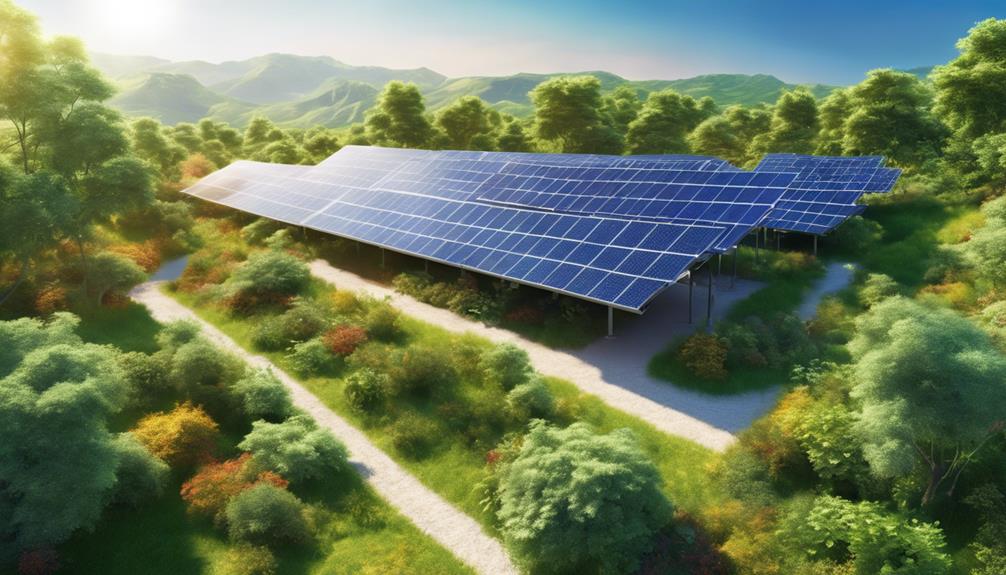
Solar energy has become an increasingly popular choice among homeowners and businesses looking to reduce their carbon footprint and energy costs. However, a common question arises: do solar panels need direct sunlight to function effectively? In this article, we’ll explore the nuances of solar panel performance, factors affecting energy production, and the best practices for maximizing solar energy efficiency.
The Basics of Solar Panel Functionality
Solar panels convert sunlight into electricity using photovoltaic (PV) cells, which are made up of semiconductor materials like silicon. When sunlight hits these cells, it excites electrons, generating an electric current. While it may seem intuitive that solar panels require direct sunlight to work, they can still generate electricity on cloudy days or in shaded areas. The efficiency of solar panels can vary based on several factors, including the type of solar technology, installation angle, and geographic location.
Understanding Solar Irradiance
Solar irradiance is the power per unit area received from the sun in the form of electromagnetic radiation. The amount of solar irradiance that reaches your solar panels significantly affects their performance. Direct sunlight provides the highest levels of irradiance, leading to maximum energy production. However, indirect sunlight, which occurs during cloudy weather or when panels are shaded, can still produce energy, albeit at a reduced capacity. This means that while do solar panels need direct sunlight for optimal performance, they can still operate effectively under less-than-ideal conditions.
Solar Panel Types and Their Efficiency
Different types of solar panels exhibit varying efficiencies in converting sunlight to electricity. The three main types are monocrystalline, polycrystalline, and thin-film solar panels. Monocrystalline panels tend to perform better in low-light conditions, making them a solid choice if your location experiences frequent cloud cover. Polycrystalline panels are generally less efficient but more affordable, while thin-film panels offer flexibility and lightweight designs but often require more space for the same energy output. Understanding these differences can help you decide which type of panel best suits your needs, especially regarding do solar panels need direct sunlight for effective performance.
Impact of Weather Conditions on Solar Production
Weather conditions play a crucial role in the energy production of solar panels. While direct sunlight yields the highest output, other factors such as cloud cover, rain, and snowfall can impact solar efficiency. For instance, solar panels can still generate electricity during cloudy days, though at a lower capacity—typically around 10-25% of their peak performance. Rain can help clean solar panels, increasing their efficiency afterward. Snow can block sunlight, but many panels are designed to shed snow easily, allowing for energy production to resume quickly. Understanding the impact of these weather conditions is essential for homeowners considering solar energy systems.
Optimizing Solar Panel Placement for Maximum Exposure
To maximize solar panel efficiency, proper placement and orientation are crucial. Ideally, solar panels should be installed on a south-facing roof with a tilt angle that optimizes exposure to sunlight throughout the year. Avoiding obstructions like trees, buildings, or chimneys that can cast shadows is also essential. Furthermore, using solar trackers can enhance energy production by adjusting the panels’ angle to follow the sun’s path across the sky. Even in less than perfect conditions, strategic placement can mitigate the reliance on direct sunlight for energy generation.
Energy Storage Solutions for Solar Systems
Homeowners often wonder about the efficiency of solar panels when the sun isn’t shining. By integrating energy storage solutions like batteries into your solar system, you can store excess energy produced during sunny days for use during cloudy days or nighttime. This allows you to maximize your solar investment, ensuring you have a reliable power source regardless of weather conditions. Understanding how energy storage works in conjunction with solar panels can provide peace of mind and enhance the overall efficiency of your solar energy system.
The Role of Technology in Solar Energy Efficiency
Advancements in solar technology continue to improve the efficiency and effectiveness of solar panels in various conditions. Innovations such as bifacial solar panels, which capture sunlight from both sides, and high-efficiency cells that convert a higher percentage of sunlight into electricity are making solar energy even more accessible. These technologies reduce the dependency on direct sunlight and increase energy production under diverse conditions. Staying informed about these advancements can help you make educated decisions about your solar energy system.
Conclusion: The Versatility of Solar Energy
In conclusion, while do solar panels need direct sunlight for optimal performance, they are still capable of generating electricity in less-than-ideal conditions. Factors such as solar panel type, placement, weather conditions, and technology advancements all play a significant role in solar efficiency. By understanding these elements and adopting best practices, homeowners can effectively harness solar energy, reduce their reliance on traditional power sources, and contribute to a more sustainable future. Whether you’re considering solar for your home or business, know that the versatility of solar energy allows it to thrive even when the sun isn’t shining directly.
By assessing your specific needs and conditions, you can optimize your solar panel system for maximum efficiency and enjoy the benefits of renewable energy all year round.





